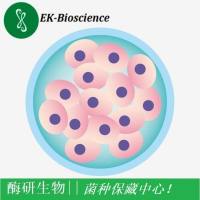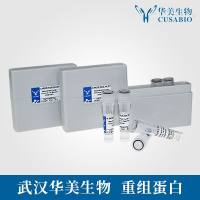Processing Biological Tissues for Ultrastructural Study
互联网
687
Biological tissues are passed through numerous procedures before they can be studied at the ultrastructural level with the electron microscope. Chemical fixation is widely used as a method for preserving structural detail and can be performed by simple immersion or total body vascular perfusion. A 2 to 4% solution of glutaraldehyde buffered with 0.1 M sodium phosphate, or a combination of similarly buffered glutaraldehyde and paraformaldehyde, can be used successfully to preserve the fine structure of biological tissues. The material next is washed briefly in the buffer vehicle and then secondarily fixed in 1% osmium tetroxide (osmic acid), which also is buffered with sodium phosphate. The tissue then is thoroughly dehydrated in solutions of ethanol at increasing concentrations of 50%, 70%, 95%, and 100%. After dehydration, tissues are infiltrated for a prescribed time interval with an epoxy embedding medium. After infiltration, specimens are transferred into fresh epoxy resin and polymerized at 60 to 70�C for several hours. This orderly process ultimately yields fixed tissues that are encased in hardened blocks that can be thin-sectioned with an ultramicrotome. The thin sections are counterstained with solutions of heavy metals to add contrast. The material then can be subjected to the electron beam in an electron microscope to produce useful images for ultrastructural study. This overall procedure has been used successfully since the advent of biological electron microscopy to define the minute details of cells and tissues.







